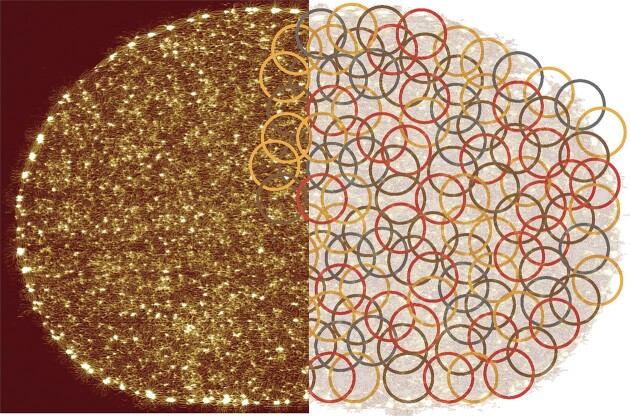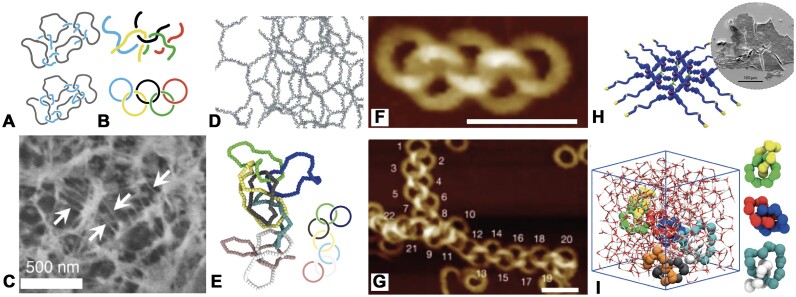Kinetoplast DNA: a polymer physicist's topological Olympic dream.
IF 13.1
2区 生物学
Q1 BIOCHEMISTRY & MOLECULAR BIOLOGY
引用次数: 0
Abstract
All life forms are miraculous, but some are more inexplicable than others. Trypanosomes are by far one of the most puzzling organisms on Earth: their mitochondrial genome, also called kinetoplast DNA (kDNA) forms an Olympic-ring-like network of interlinked DNA circles, challenging conventional paradigms in both biology and physics. In this review, I will discuss kDNA from the astonished perspective of a polymer physicist and tell a story of how a single sub-cellular structure from a blood-dwelling parasite is inspiring generations of polymer chemists and physicists to create new catenated materials.



Kinetoplast DNA:高分子物理学家的拓扑奥林匹克梦想。
所有生命形式都是神奇的,但有些生命形式比其他生命形式更令人费解。锥虫是迄今为止地球上最令人费解的生物之一:它们的线粒体基因组(又称动粒 DNA(kDNA))形成了一个由相互连接的 DNA 圈组成的奥林匹克环状网络,对生物学和物理学的传统范式提出了挑战。在这篇综述中,我将从一位高分子物理学家的惊奇视角来讨论 kDNA,并讲述一个故事:一种生活在血液中的寄生虫的单一亚细胞结构是如何激励一代又一代的高分子化学家和物理学家去创造新的复合材料的。
本文章由计算机程序翻译,如有差异,请以英文原文为准。
求助全文
约1分钟内获得全文
求助全文
来源期刊

Nucleic Acids Research
生物-生化与分子生物学
CiteScore
27.10
自引率
4.70%
发文量
1057
审稿时长
2 months
期刊介绍:
Nucleic Acids Research (NAR) is a scientific journal that publishes research on various aspects of nucleic acids and proteins involved in nucleic acid metabolism and interactions. It covers areas such as chemistry and synthetic biology, computational biology, gene regulation, chromatin and epigenetics, genome integrity, repair and replication, genomics, molecular biology, nucleic acid enzymes, RNA, and structural biology. The journal also includes a Survey and Summary section for brief reviews. Additionally, each year, the first issue is dedicated to biological databases, and an issue in July focuses on web-based software resources for the biological community. Nucleic Acids Research is indexed by several services including Abstracts on Hygiene and Communicable Diseases, Animal Breeding Abstracts, Agricultural Engineering Abstracts, Agbiotech News and Information, BIOSIS Previews, CAB Abstracts, and EMBASE.
 求助内容:
求助内容: 应助结果提醒方式:
应助结果提醒方式:


